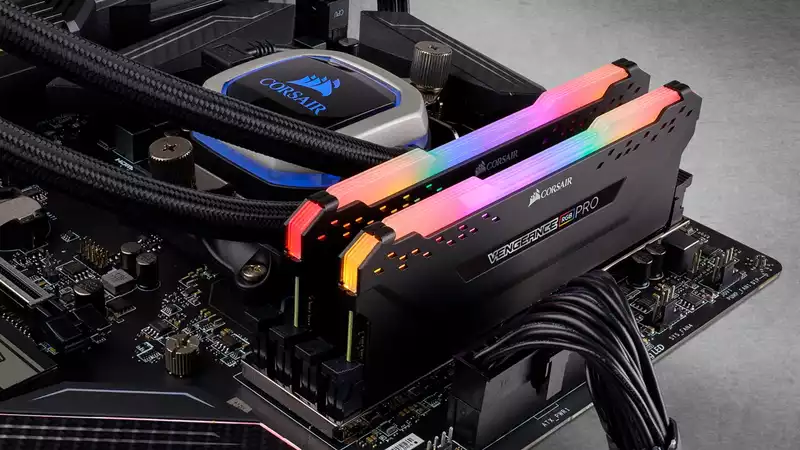AMD has confirmed that achieving 2,000MHz at the Infinity Fabric clock on a Ryzen 5000 CPU may not be as easy as first hoped. In fact, it is similar to our experience trying to run a set of Corsair Vengeance RGB Pro DDR4-4000MHz RAM for our Ryzen 9 5900X review. To be clear, the memory worked fine, but trying to get the FCLK above 1,800 MHz was disastrous.
We contacted AMD to see what was going on and received this response:
"In the next AGESA release, we are working on additional optimizations for fabric clocks between 1900 and 2000 MHz. AMD is working on additional optimizations for fabric clocks between 1900 and 2000 MHz, including your samples. cannot guarantee that any sample will achieve these speeds. While some of our current Ryzen 5000 samples can achieve fabric speeds above 1900, we are confident that with the optimizations that will be released in the future, even more users will be able to achieve these speeds. If you recall, many, but not all, users were able to achieve fabric speeds of 1900 on the 3000 series, and we expect a similar situation with the 5000 series processors and 2000 MHz."
The reason this is important is that for optimal performance, you want a 1:1 ratio of memory clock to Infinity fabric; if you run 4,000Mhz (actually 2,000MHz clock) memory simultaneously with 1,800MHz FCLK, the bus will not line up cleanly.
In theory, the FCLK would automatically change if the memory profile was set in the BIOS. It didn't, so I tried setting the FCLK manually, only to have the motherboard boot cycling, powering up but falling over and continuing to reset itself. I'm sure a BIOS update will fix this issue, but it runs at the same speed as the Infinity Fabric The thing is that we don't know right now how much the higher clocked memory will improve the situation. [The XT chip released this summer could run at 1,900 MHz; some users have successfully run Infinity Fabric at 1,900 MHz and memory at 3,800 MHz, but the actual difference for games was not always clear. More importantly, not every combination of processor, motherboard, and memory was successful, which is probably why AMD did not tout this upgrade very much.
We had hoped that Zen 3 would be more forthright on this point, but that did not seem to be the case at launch. [That said, the 4,000 MHz DDR kit is considered some sort of premium and expensive. While some may be eager to get their hands on a memory overclocking soapbox, most system builders are more inclined to reach for a RAM kit that they can plug in and clock up at the touch of a button. They don't want to pay a fortune for that privilege, especially if the memory is not running optimally.
Basically, watch this space.


Comments